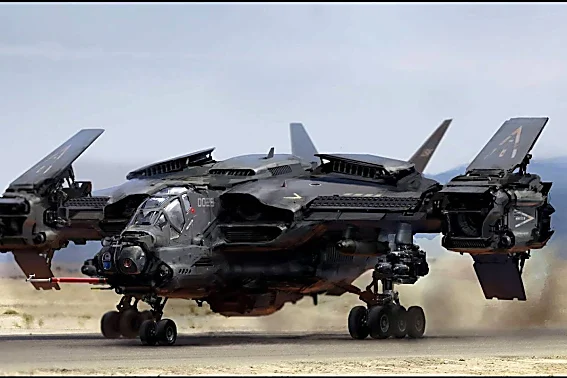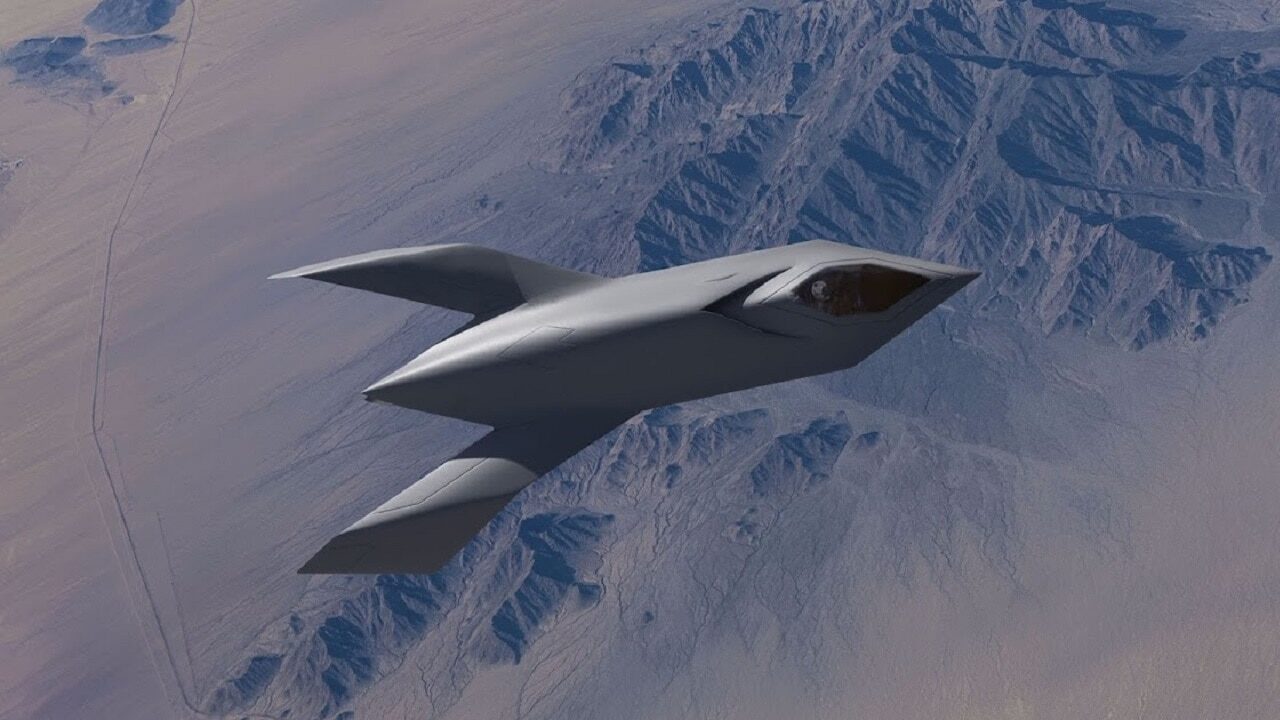 YF-118G. Image Credit: Creative Commons.
YF-118G. Image Credit: Creative Commons.
To civilian residents of sunny Southern California the number 118 typically means State Route (SR) 118, AKA the Ronald Reagan Freeway, so named because it leads to the Ronald Reagan Presidential Library and Museum in the City of Simi Valley, CA (a tour I highly recommend based upon my multiple visits there). However, to aviation engineers and military historians, those digits hold a very different meaning, a significant milestone in stealth technology: the YF-11G Bird of Prey.
For you Star Trek aficionados out there (I’m gonna get into the debate about whether the proper slang term is “Trekkies” vs. “Trekkers”), yes, the plane’s moniker was inspired by the Klingon Bird-of-Prey, though the stealth features didn’t have quit the same degree of invisibility as the sci-fi spacecraft’s “cloaking device.”.
Let’s take a closer look at this piece of stealth history.
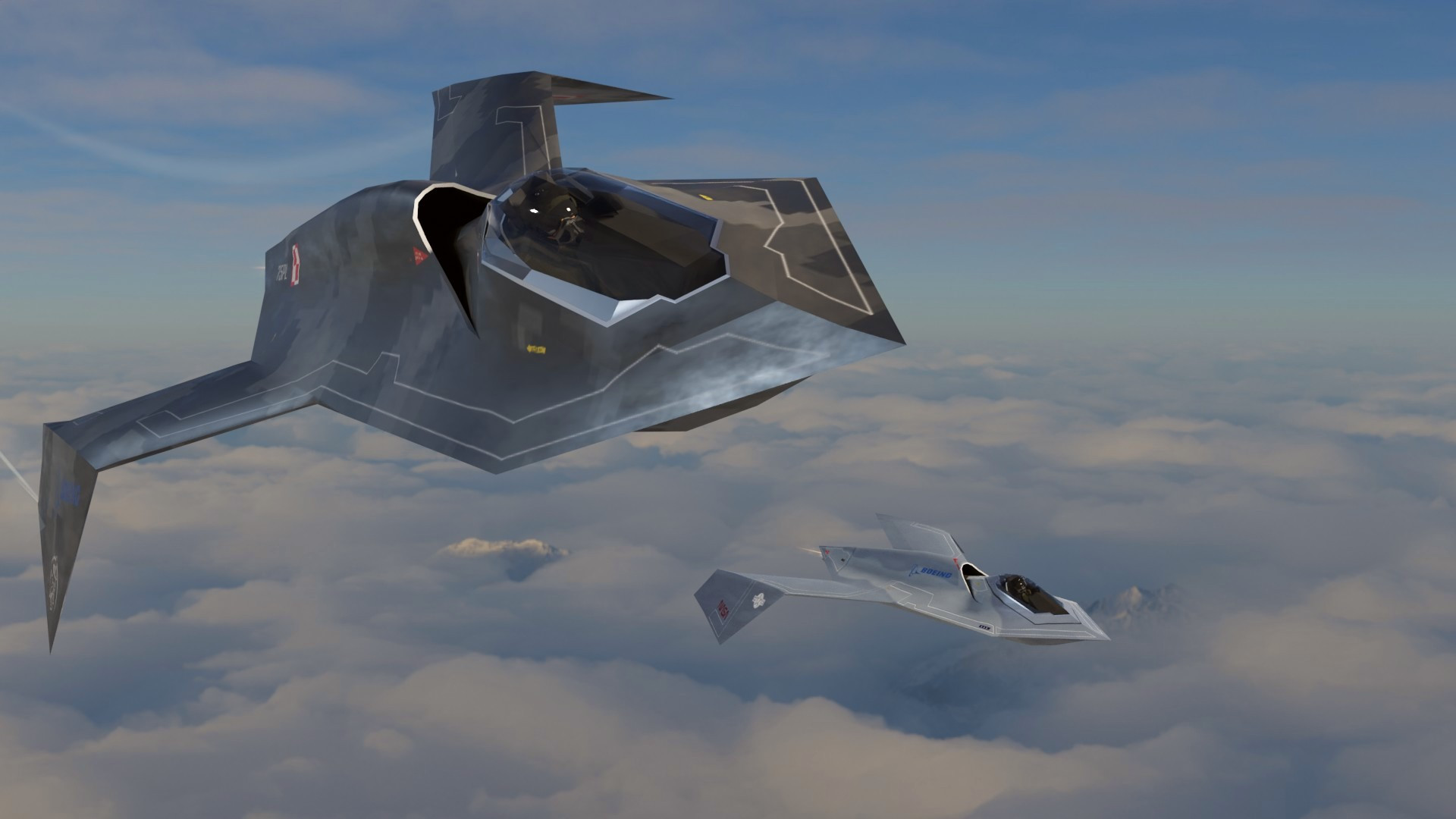
YF-118G – Granddaddy of the Raptor and Lightning II
This real-life Bird of Prey certainly wasn’t the first stealth plane. By the time she made her maiden flight on 11 September 1996, the F-117 Nighthawk (a bit of a misnomer to called her “Stealth Fighter” even though she had no air-to-air combat capabilities) had already been battle-proven in Operation Just Cause and Operation Desert Storm, and the B-2 Spirit (not a misnomer to call her the “Stealth Bomber”) had already made her maiden flight seven years prior.
However, the Bird of Prey was still a revolutionary, forward-thinking design, as the true stealth fighters, the F-22 Raptor and F-35 Lightning II alike, can trace their roots back to the YF-118G.
The Trekkie/Trekker-inspired moniker of this experimental aircraft stemmed from the experimental craft’s gull-shaped wings. Now, if you really want to get into hardcore zoological semantic nitpicking, you could easily point out that not only are seagulls not actually classified as birds of prey, but three of the Top 6 predators of seagulls are birds of prey that have in turn had their own names bestowed upon American fighter planes: eagles, falcons, and hawks.
Sponsored Content
[Gallery] This Jet Always Tailgates Air Force One, Here’s WhyHeraldWeekly
But I digress. The YF-118G was a joint development project between McDonnell Douglas and Boeing. Even though the proverbial stealth cat was already out of the bag thanks to the F-117 and B-2, this then-new Bird of Prey nonetheless started off as a black cat (yes, I’m mixing my avian and mammalian metaphors here; so sue me!!), er, black project. It wasn’t declassified until 2002, three years after its retirement, at which point its design techniques had become industry standard.
As noted by my 19FortyFve colleague Brent M. Eastwood, “The YF-118G was tested at Area 51, the ultra-secret proving ground in Groom Lake, Nevada, which added to its mystique.”
Yes, that’s correct, the Bird of Prey was retired in 1999, after a mere three years of service life, and what’s more, only one specimen was built, which made a total of 38 flights.
YF-118G: Where Is She Now?
After the Bird of Prey’s retirement, she was donated to the National Museum of the United States Air Force at Wright-Patterson AFB, Ohio, where members of the general public can gawk at her and take photographs, Area 51 “secret squirrel” mystique notwithstanding.
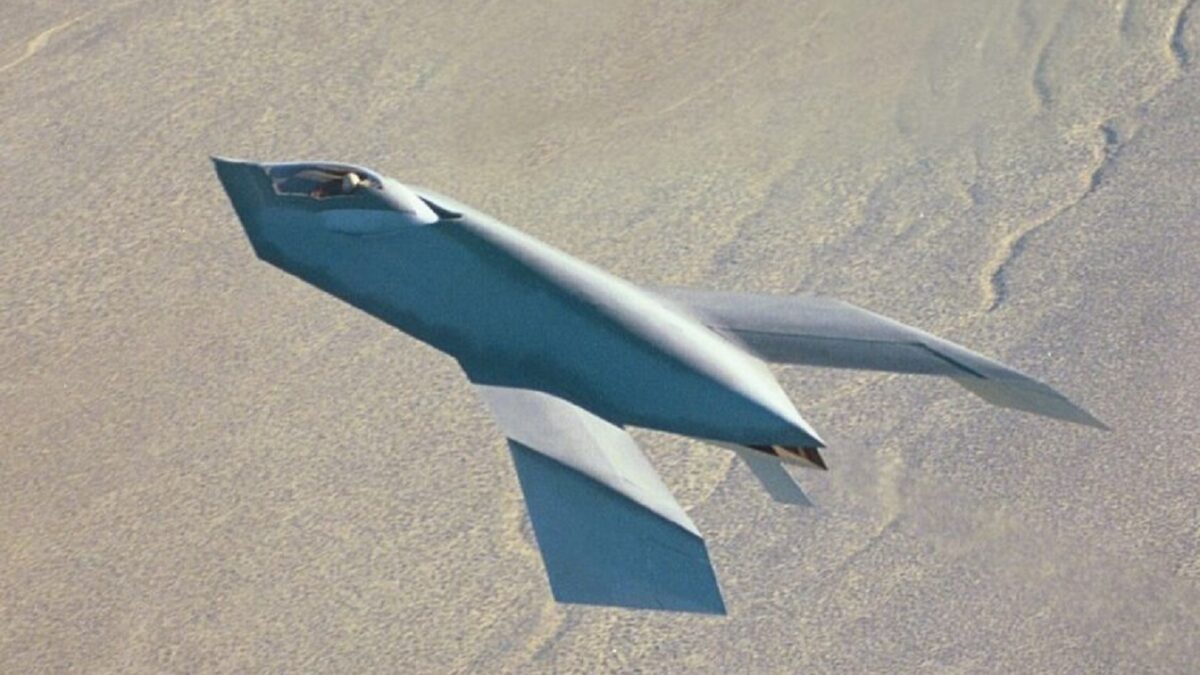
YF-118G Bird of Prey. Image Credit: Creative Commons.
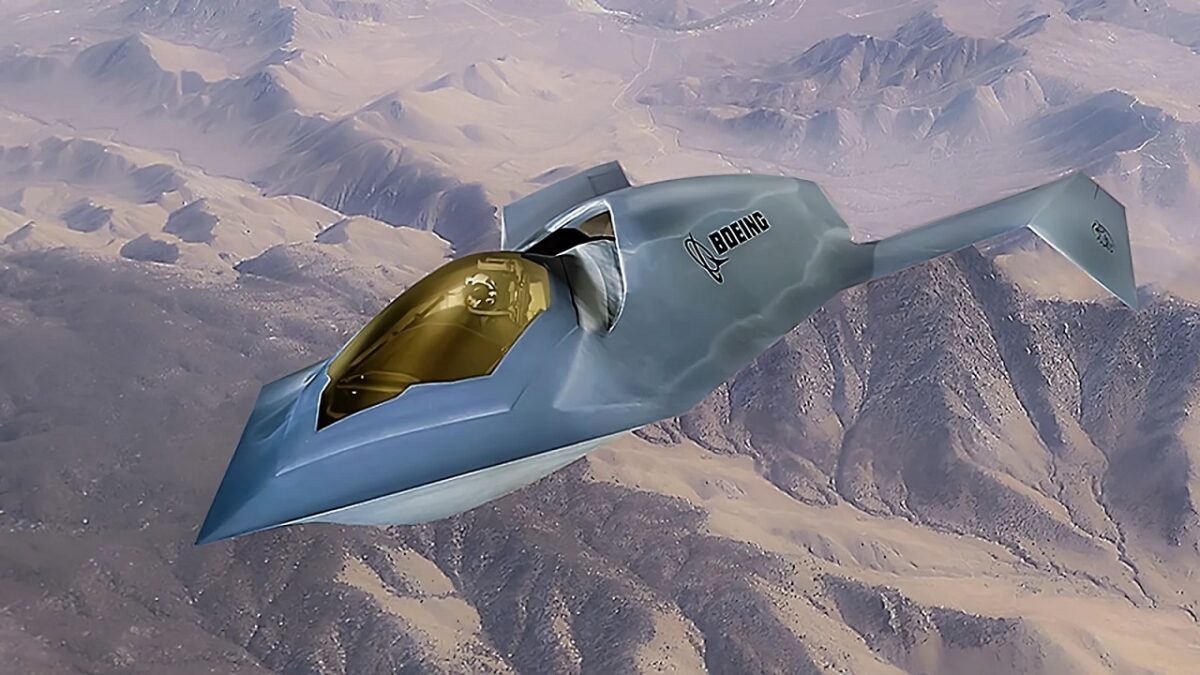
YF-118G. Image Credit: Creative Commons.
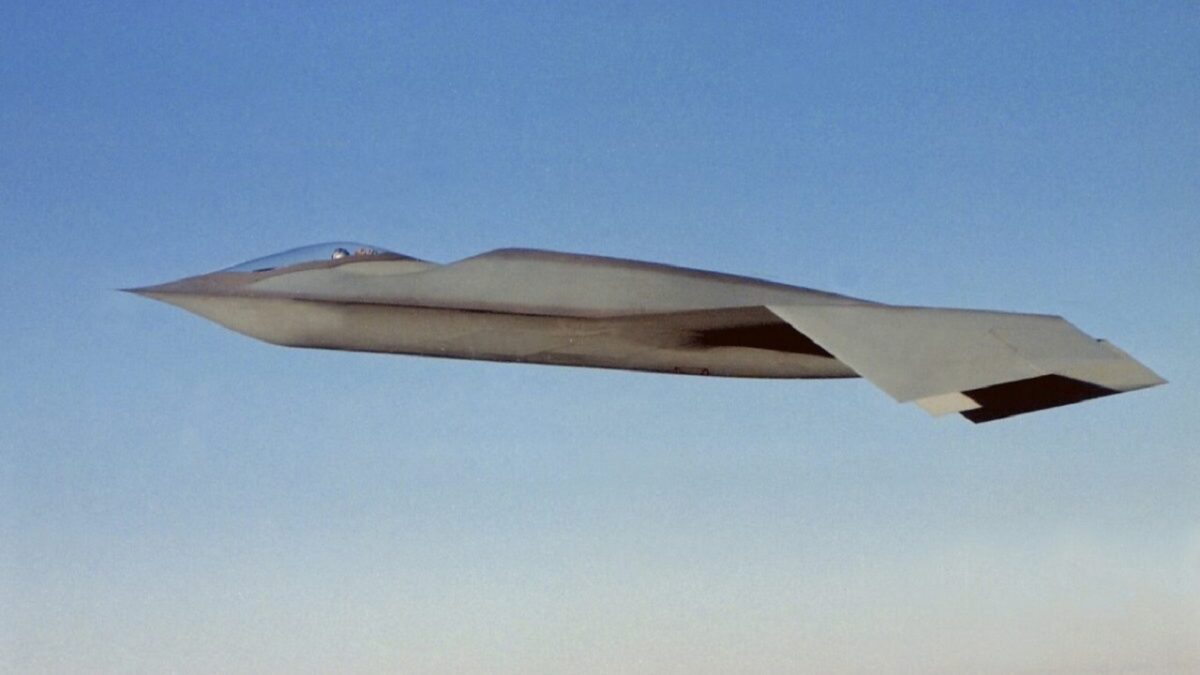
YF-118G. Image Credit: Boeing.
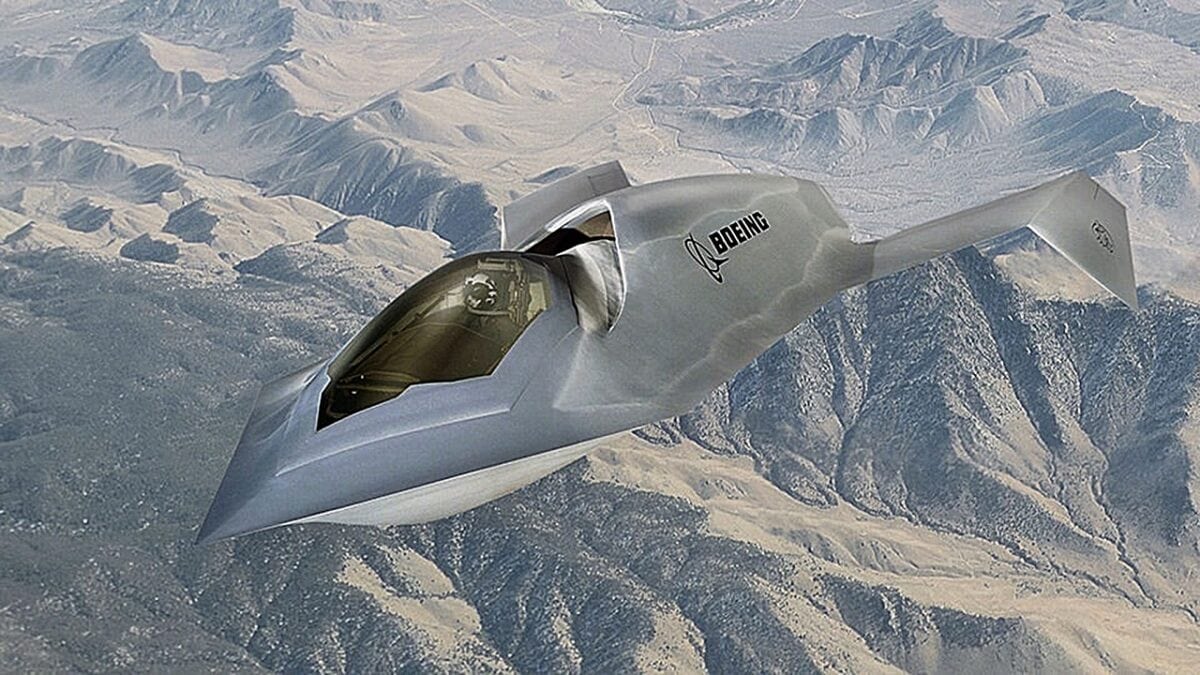
YF-118G. Image Credit: Boeing.
Soucre: 19fortyfive.com
